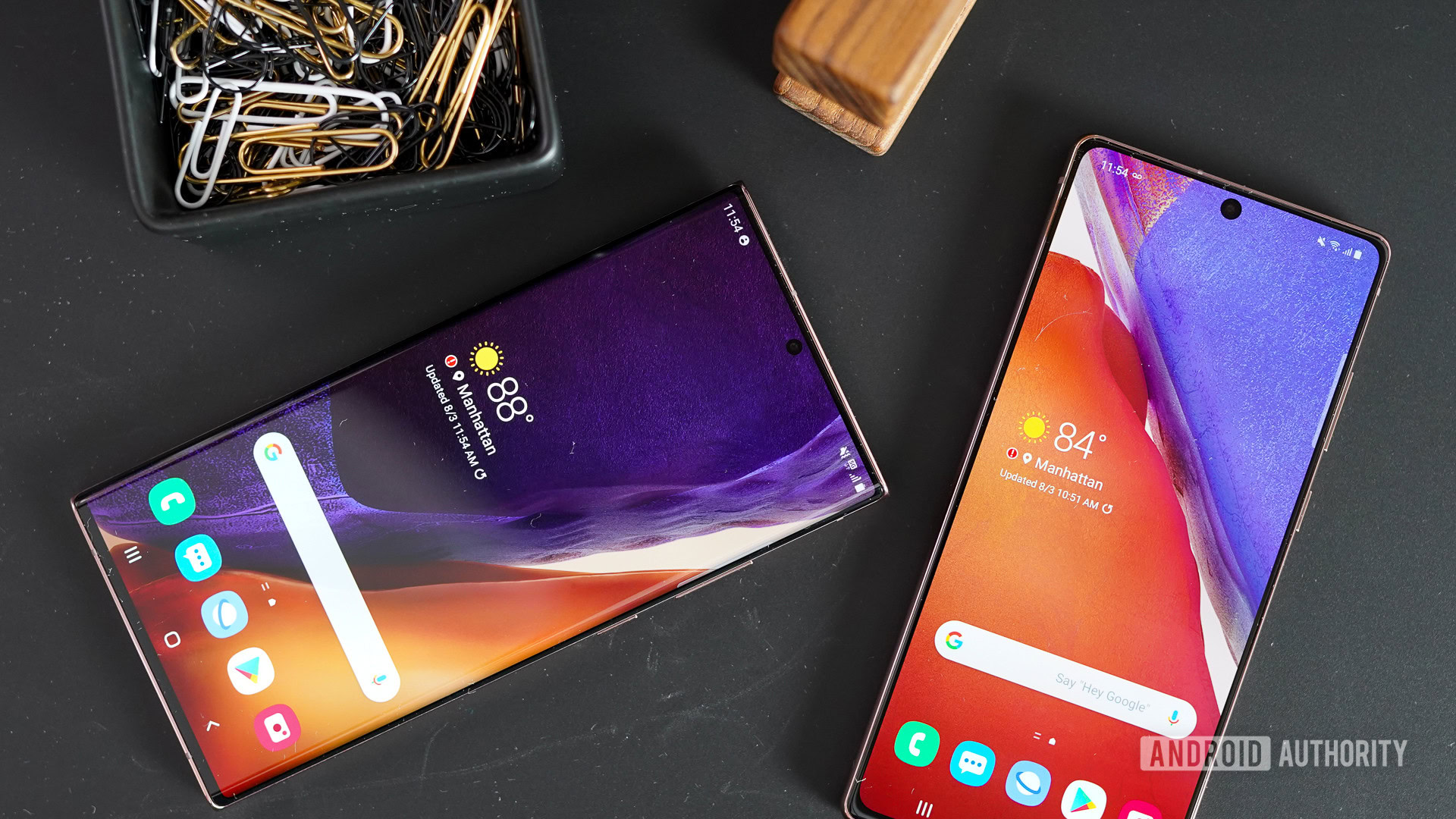Affiliate links on Android Authority may earn us a commission. Learn more.
Android will get ultra-wideband support for smarter item trackers and car keys

- Google is in the early stages of adding native ultra-wideband support to Android.
- It could enable smarter item trackers, car keys and other direction-sensitive features.
- It’s not certain this will be ready for Android 12.
Android doesn’t have robust support for ultra-wideband (UWB) like iPhones do — you currently need a Note 20 or Note 20 Ultra, and Xiaomi’s plans for it are still in the early stages. Google might make the technology more accessible, however, as XDA has discovered that the company is laying the groundwork for an ultra-wideband programming interface in Android.
Details of how the ultra-wideband API would work remain scarce, but Google hints that it would be used for directional and distance cues like you see in existing UWB implementations, such as Samsung’s SmartThings Find.
Read more: The best Samsung SmartThings devices
You might be waiting a while to see ultra-wideband become relatively commonplace. XDA noted that there’s no guarantee the framework will be ready for Android 12, or that the Pixel 6 will support UWB even if it’s part of the upcoming operating system. It’s also up to third-party vendors to adopt the tech, and support might be inconsistent.
Still, this could be an important development. Ultra-wideband on Android could enable smarter item trackers that tell you exactly where to look to find your lost wallet. It might also be crucial for the next generation of digital car keys. You might only have to point your phone at the door to step inside.
Ultra-wideband might also be used to refine existing Android features. You could see easier, direction-based file sharing like Apple offers with AirDrop on newer iPhone models. It might also help with positioning, particularly indoors. While UWB is still young enough that its potential is unclear, there would be some immediate advantages if Android vendors adopt it relatively quickly.